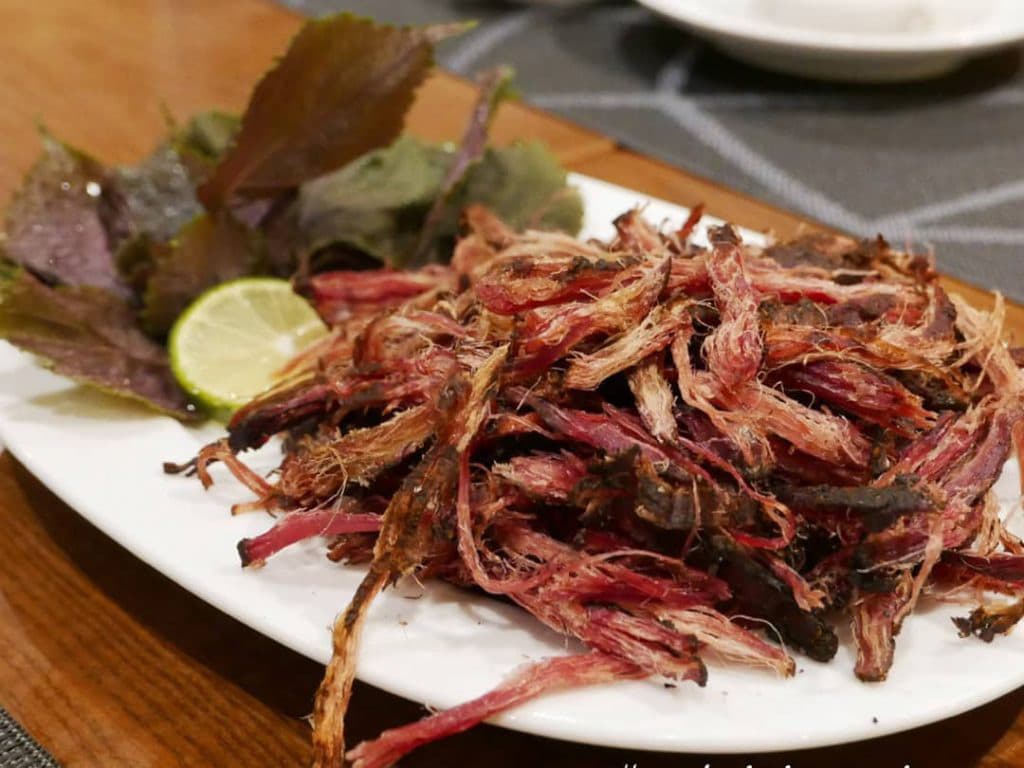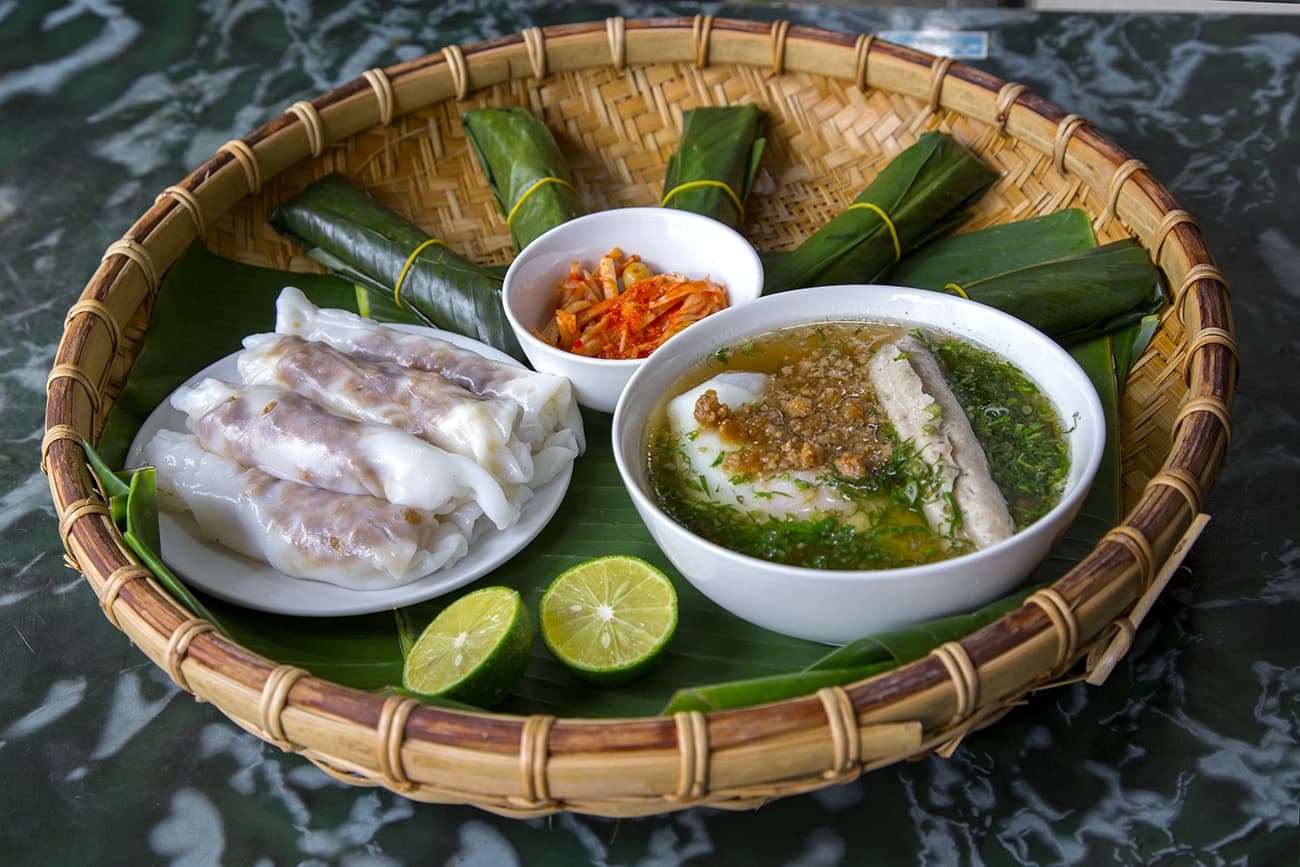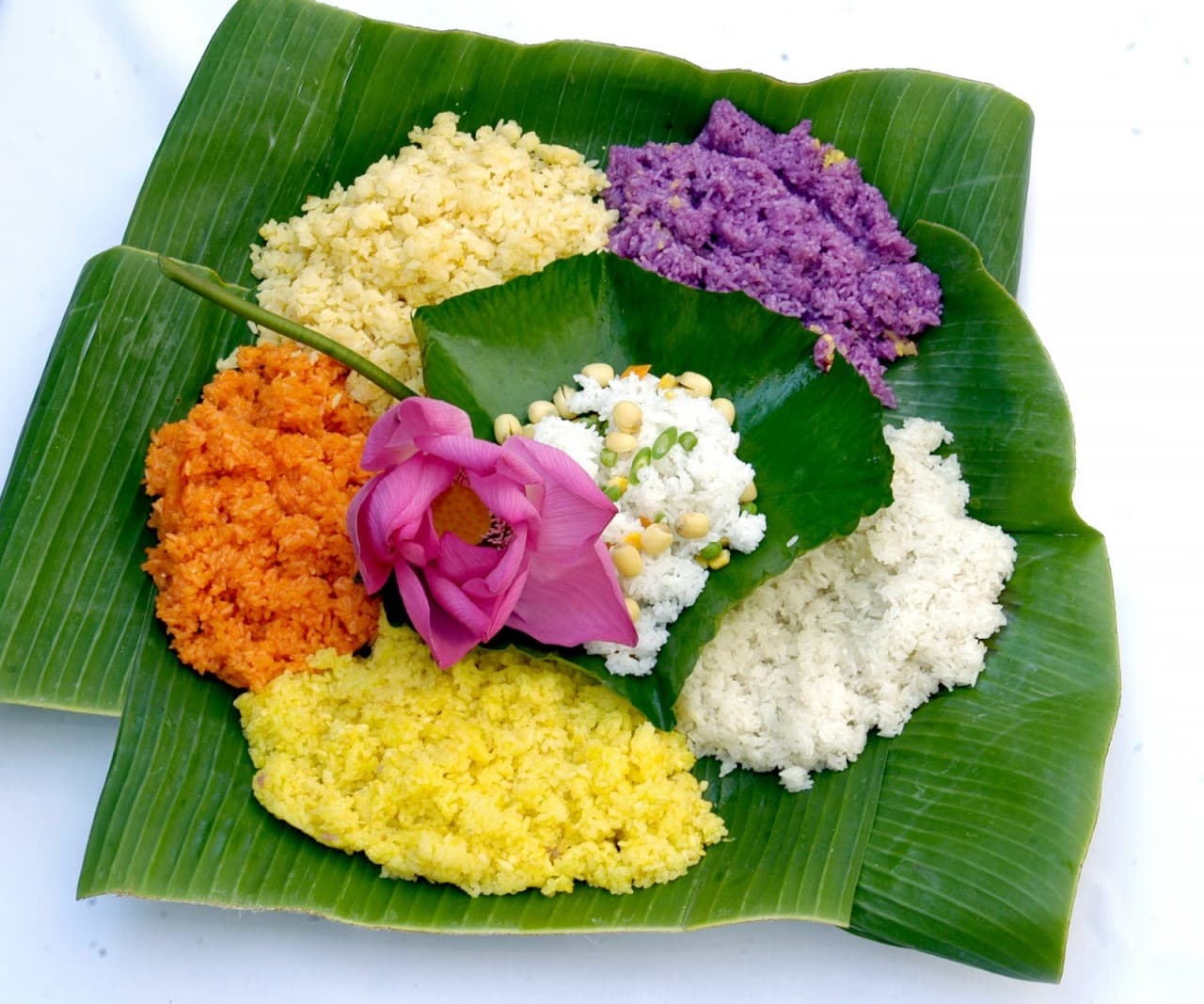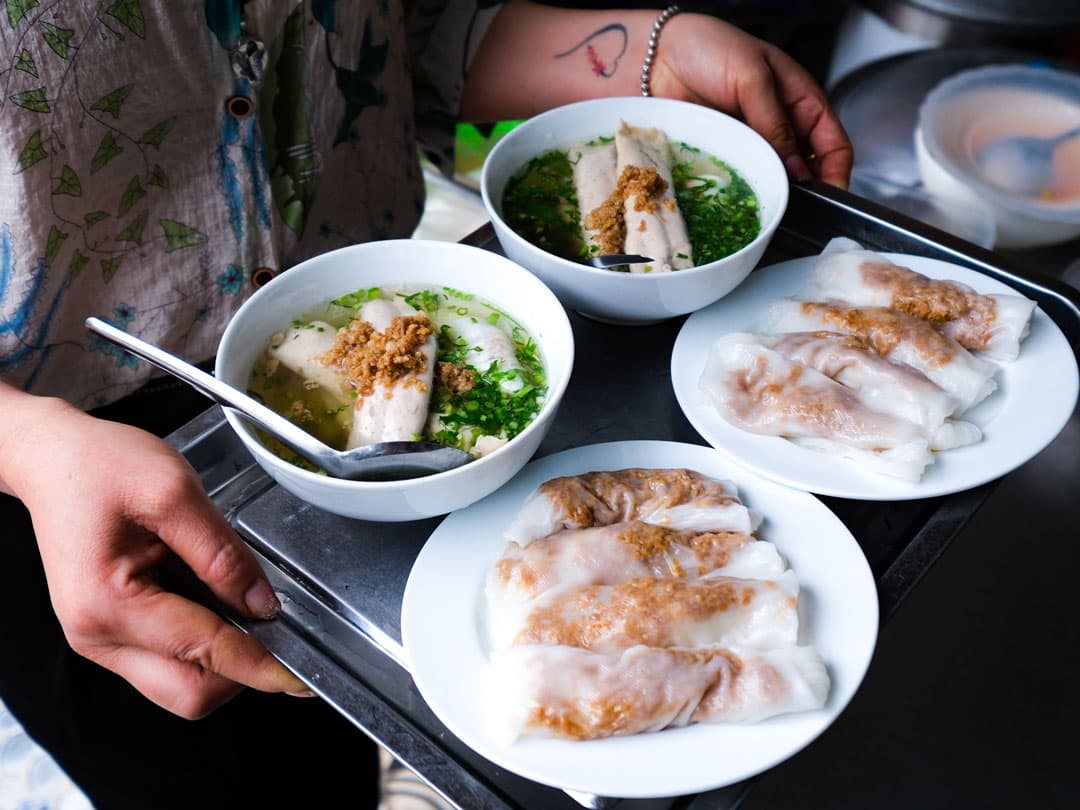Vietnam is a country of diverse landscapes, cultures, and culinary traditions. While many travelers are familiar with iconic dishes like pho and banh mi, few have explored the unique and flavorful world of Vietnamese highland cuisine. Found in the mountainous regions of the North and Central Highlands, this cuisine is deeply rooted in ethnic traditions, local ingredients, and centuries-old cooking methods. From smoked meats to wild herbs, each dish offers a story of resilience, identity, and harmony with nature.
In this article, we will explore the origins, signature ingredients, traditional dishes, and cultural significance of Vietnamese highland cuisine. Whether you’re a food enthusiast or a curious traveler, this journey through Vietnam’s highlands will awaken your senses and deepen your appreciation for one of the country’s most fascinating culinary heritages.

Discovering the Rich Flavors of Vietnamese Highland Cuisine
The Roots of Vietnamese Highland Cuisine
The highlands of Vietnam are home to over 50 ethnic minority groups, including the Hmong, Dao, Tay, Thai, Ede, and M’nong. Each group brings its own traditions, customs, and food practices, which have been passed down through generations.
Living in remote areas with rugged terrain and limited access to modern agriculture, these communities have relied heavily on foraging, animal husbandry, and traditional farming. As a result, Vietnamese highland cuisine emphasizes seasonal, locally sourced ingredients and simple cooking techniques that retain the natural flavors of food.
Sustainability and community sharing are key values in highland food culture. Meals are often communal, shared with family and neighbors, especially during festivals, weddings, or harvest seasons. The food is not only nourishment but also a symbol of connection, hospitality, and spiritual belief.

The Roots of Vietnamese Highland Cuisine
Key Ingredients in Vietnamese Highland Cuisine
-
Sticky Rice (Xôi nếp nương)
Sticky rice is a staple in many highland dishes. Grown on terraced fields, highland sticky rice is known for its fragrance and soft texture. It is steamed in bamboo tubes (called “cơm lam”) or cooked with herbs, peanuts, or black beans. -
Wild Herbs and Vegetables
Highlanders use an array of forest herbs, wild mushrooms, bamboo shoots, and edible leaves. These add distinctive aromas and medicinal value to meals. Dishes often include “rau rừng” (forest greens) and “măng rừng” (bamboo shoots). -
Free-range Meats
Chickens, pigs, and cows in highland areas are typically raised free-range, making their meat leaner and more flavorful. In many villages, smoked buffalo meat (thịt trâu gác bếp) is a prized specialty. -
Fermented Foods
Fermentation is a common method for preserving food in the highlands. Locals ferment vegetables, fish, or rice to create rich umami flavors. Popular items include pickled mustard greens and fermented sticky rice (rượu nếp). -
Chili, Salt, and Mac Khen (Wild Peppercorn)
Flavorings are often limited but powerful. The mac khen spice, found only in the mountains, adds a unique citrusy aroma. Combined with local salt and chili, it forms a signature dipping sauce for many dishes.

Key Ingredients in Vietnamese Highland Cuisine
Signature Dishes of Vietnamese Highland Cuisine
-
Thịt trâu gác bếp (Smoked Buffalo Meat)
Originating from the Thai and Tay people in the Northwest, this dish involves marinating buffalo meat with spices, then hanging it above the kitchen fire for days. The result is smoky, chewy, and deeply flavorful meat that can be stored for months. -
Cơm lam (Bamboo Tube Rice)
A popular dish among the Thai and Hmong communities, sticky rice is placed inside bamboo tubes with a bit of water and then roasted over fire. The bamboo infuses the rice with a subtle aroma, and the dish is served by peeling back the bamboo layers. -
Canh xương rừng (Jungle Bone Broth)
This is a hearty soup made from slow-boiled bones, forest vegetables, and herbal spices. Each household has its own variation, depending on the herbs available in the nearby forest. -
Lợn cắp nách (Free-range Pig)
Small pigs raised freely in the mountains are caught and cooked whole during celebrations. The skin is crispy, while the meat remains tender and juicy, often served with salt, mac khen, and lime. -
Rượu cần (Fermented Rice Wine)
A ceremonial drink, rượu cần is made from fermented sticky rice and herbs, stored in large jars. People drink it using long bamboo straws during festivals or family gatherings. -
Cháo ấu tẩu (Poisonous Tuber Porridge)
A famous dish in Ha Giang, this porridge is made from rice and a detoxified local root called “ấu tẩu.” After hours of boiling, it becomes a nourishing and medicinal meal often eaten at night to warm the body.
Cultural and Spiritual Significance of Highland Cuisine
In the highlands, food is more than just sustenance—it is a way to connect with nature, ancestors, and the spiritual world. Many dishes are prepared for rituals, worship ceremonies, and New Year festivals (Tết Nguyên Đán, Tết Cổ Truyền).
For example, during the “Lễ hội Cầu Mùa” (Harvest Festival), families prepare special sticky rice and offer it to the forest spirits, praying for good weather and crops. Fermented wine is shared as a symbol of friendship, peace, and gratitude.
Cooking is often a communal effort, where generations work together—grandmothers prepare herbs, fathers handle meat, and children help wrap rice. Through this, cultural knowledge is passed on naturally and meaningfully.

Cultural and Spiritual Significance of Highland Cuisine
Where to Experience Vietnamese Highland Cuisine
If you want to immerse yourself in Vietnamese highland cuisine, consider visiting these regions:
-
Sa Pa (Lào Cai Province): A hub for Hmong, Dao, and Tay cuisine with markets full of smoked meats, grilled corn, and sticky rice.
-
Ha Giang: Known for cháo ấu tẩu, thang co (horse meat stew), and mountain vegetables.
-
Mai Châu (Hòa Bình): Offers traditional Thai dishes like cơm lam and lợn nướng.
-
Kon Tum & Gia Lai: Explore Central Highlands cuisine, especially dishes of the Bahnar and Jarai people, including dried meats and bamboo soups.
Participating in a local homestay will give you the most authentic experience—cooking with locals, enjoying meals by the fire, and learning the meaning behind each dish.
Why Vietnamese Highland Cuisine Deserves More Attention
Despite its uniqueness, Vietnamese highland cuisine remains relatively underrepresented in mainstream tourism and culinary media. Yet it holds immense value:
-
Culinary Diversity: Each ethnic group offers its own dishes, adding to Vietnam’s incredible food diversity.
-
Nutritional Value: Most dishes are made from organic, locally sourced ingredients and cooked in healthy ways.
-
Cultural Identity: Highland food reflects centuries of history, adaptation, and cultural resilience.
-
Sustainability: Traditional cooking methods emphasize waste-free practices and harmony with nature.
As travelers become more conscious of responsible tourism and authentic experiences, highland cuisine offers a way to support local communities while discovering new flavors.

Why Vietnamese Highland Cuisine Deserves More Attention
Vietnamese highland cuisine is a hidden gem waiting to be explored. It tells stories of people who live in harmony with the land, who cook not only for survival but also for celebration, memory, and connection. Through smoky meats, fragrant rice, and soul-warming soups, the highlands offer a culinary experience like no other.
So next time you plan your journey through Vietnam, go beyond the cities and coastal towns—head to the mountains. There, amid the misty hills and colorful markets, you’ll find some of the most heartfelt meals of your life.
